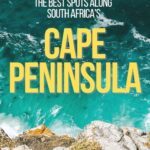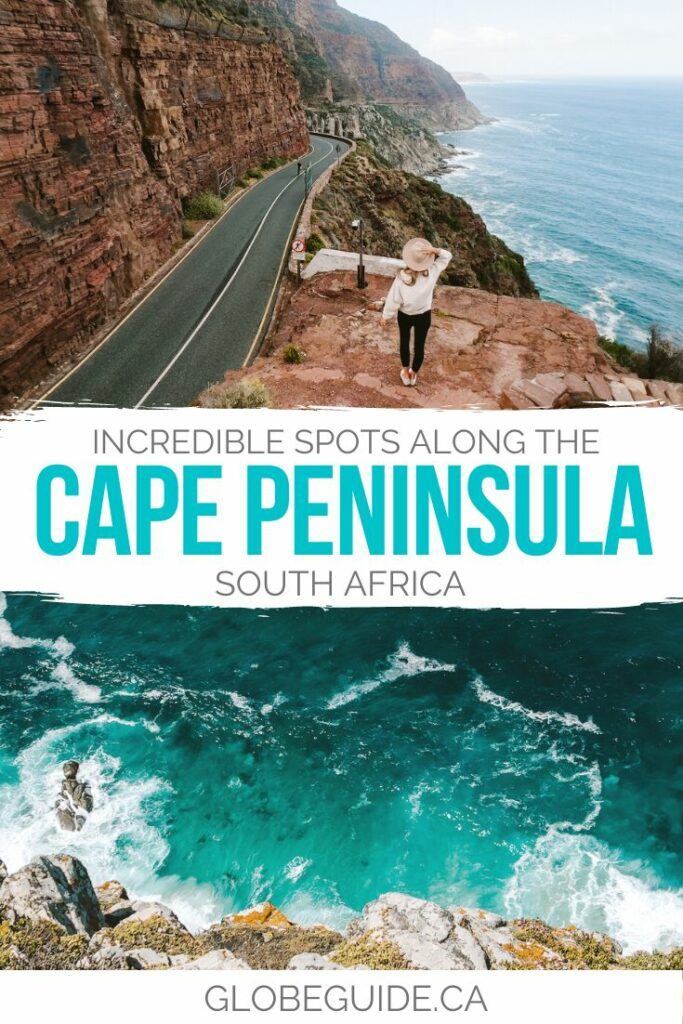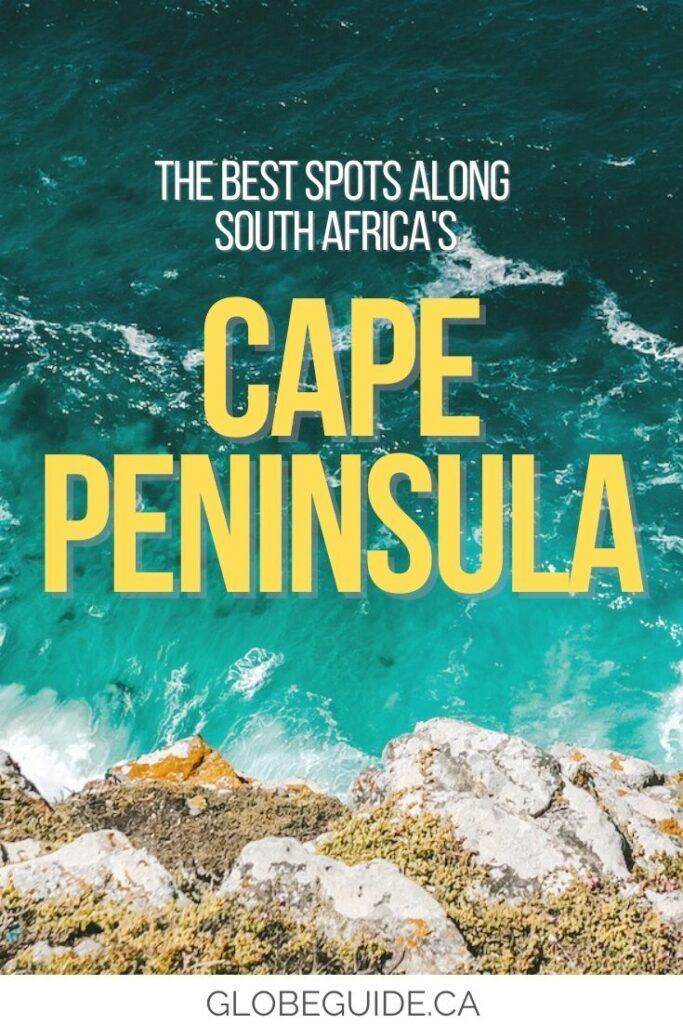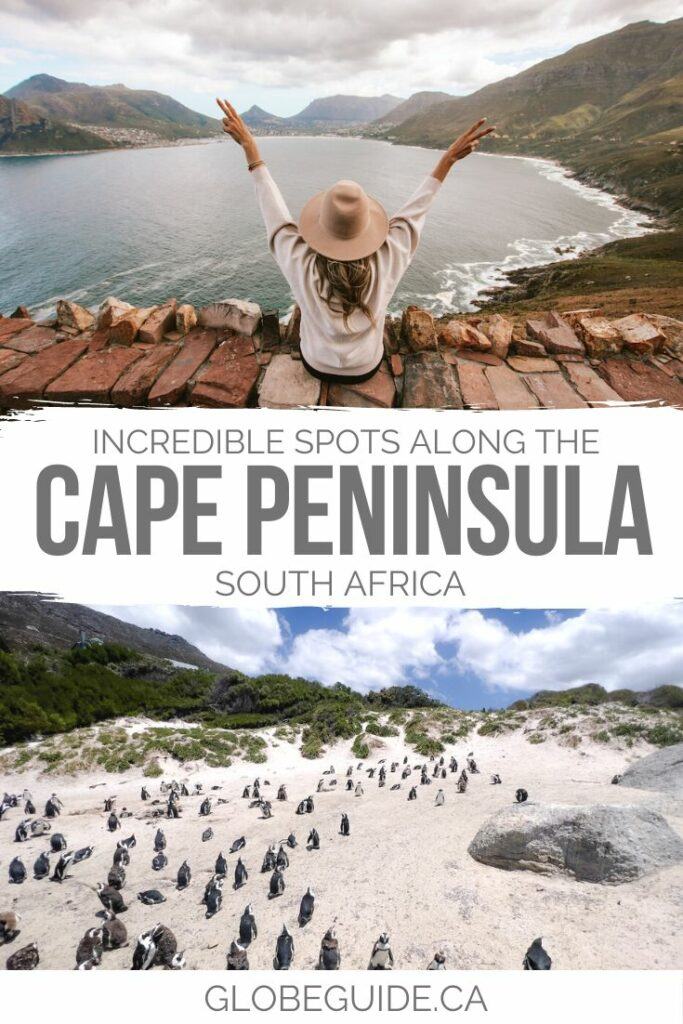Dramatic coastlines, panoramic lookout points, white sand beaches and even a colony of penguins are just some of the natural wonders found along the Cape Peninsula in South Africa.
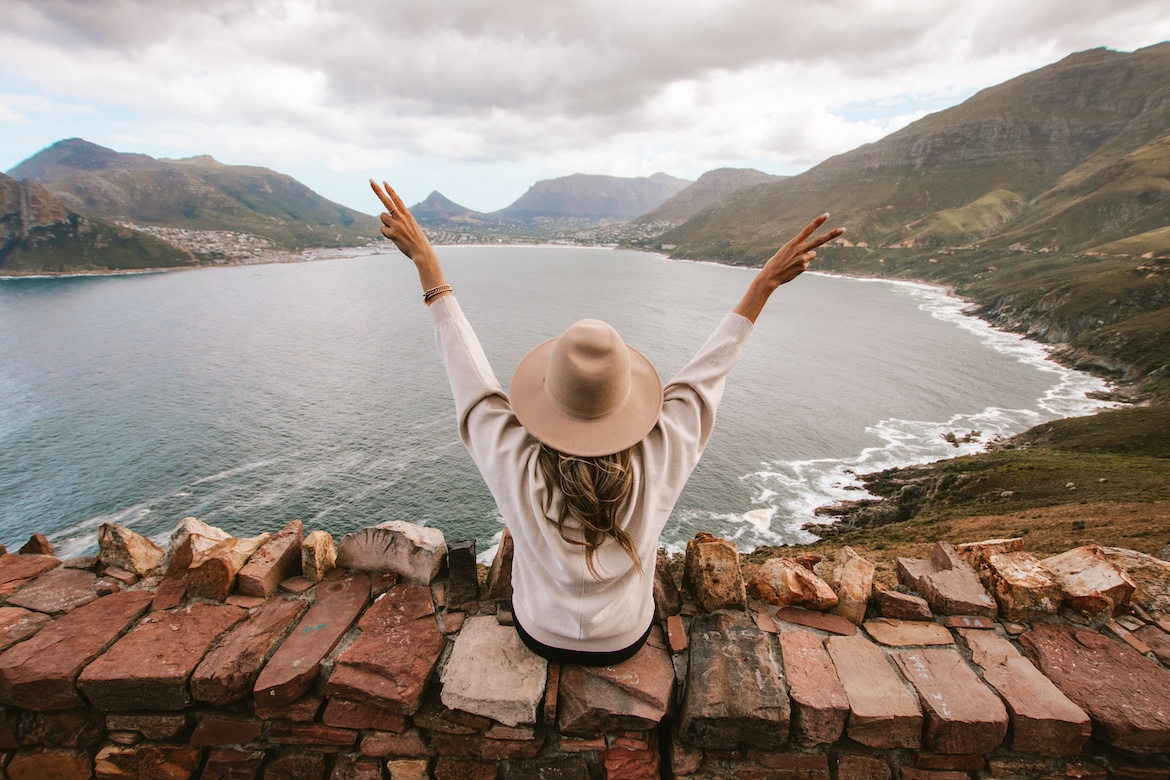
This stunningly-scenic route starts on the outskirts of Cape Town, winding down the coastline towards the Cape of Good Hope which is the most southwestern point of Africa.
En route you’ll see secluded coves, granite cliffs, wineries, surf spots and fishing villages, which makes this a popular day trip for those looking to escape the hustle and bustle of the city.
RELATED: Uncorking the 15 best Cape Town wine tours
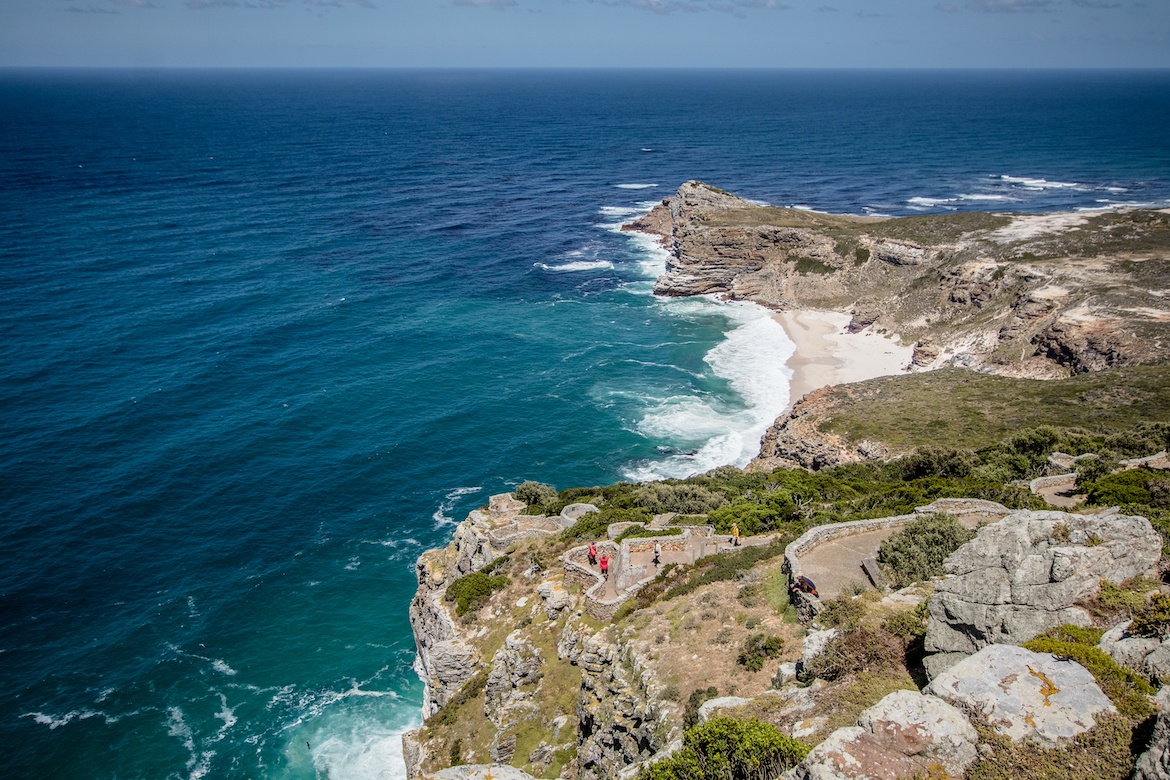
Here are some of the best spots to stop along South Africa’s Cape Peninsula.
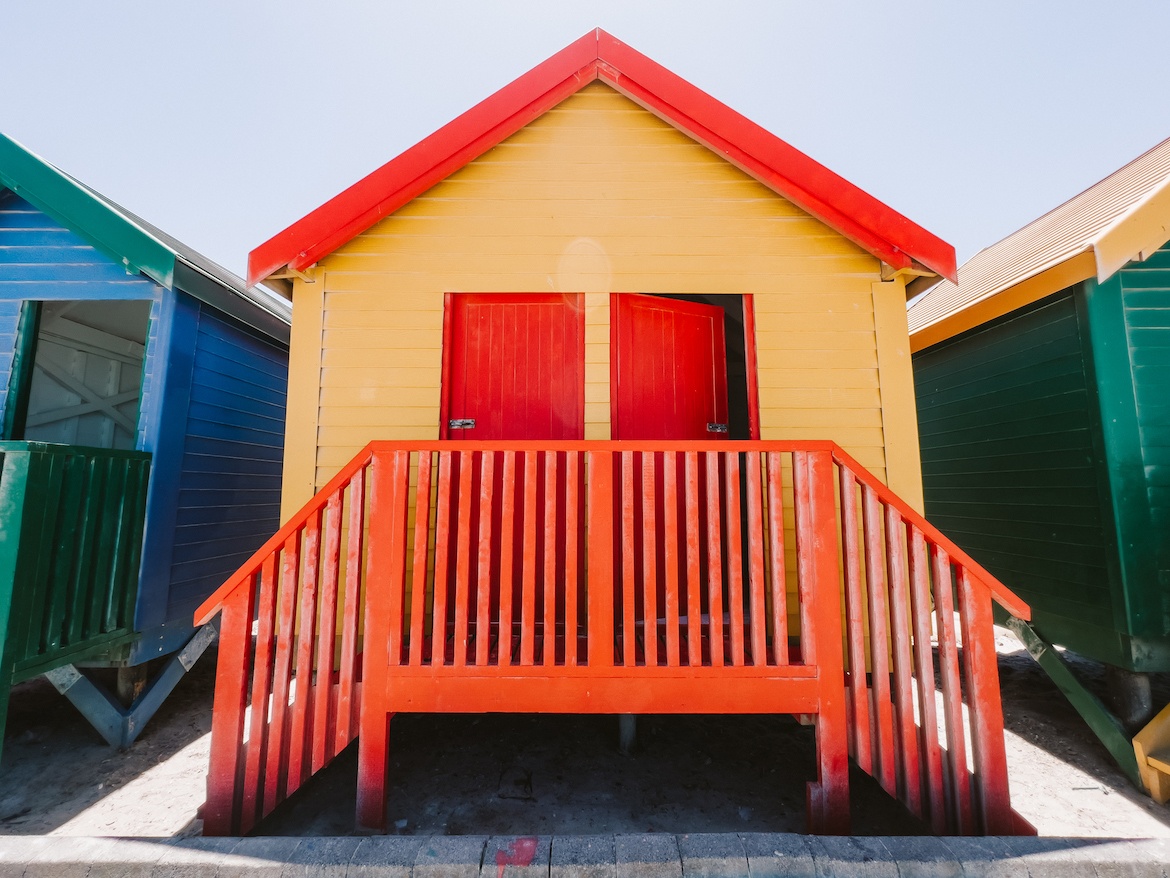
Map of the Cape Peninsula
Chapman’s Peak
The Chapman’s Peak drive is legendary around these parts, and draws similarities to California’s Highway 101 thanks to its steep drop-offs and hairpin turns with spectacular coastal views.
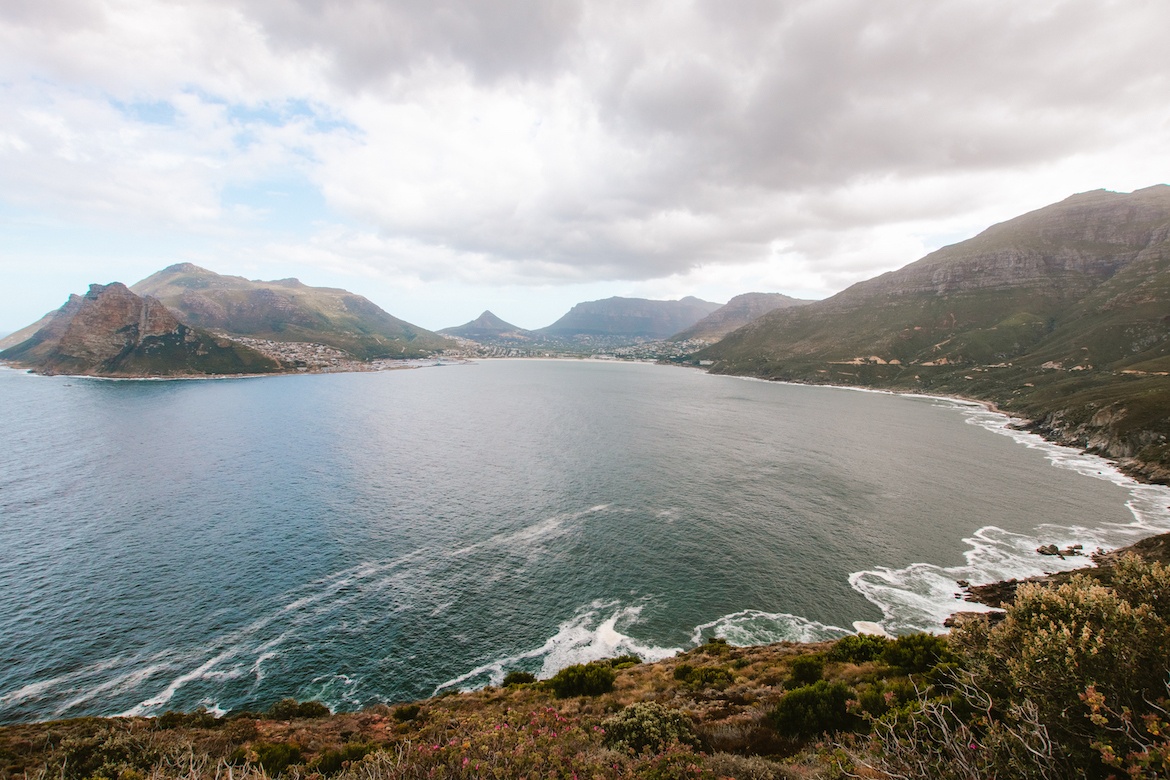
Construction along this scenic route started in 1915 as a narrow, winding gravel road, and was officially opened in 1922. This engineering feat was literally carved out of the mountains, stretching nine kilometres between Noordhoek and Hout Bay.
The highlight is the view from Chapman’s Peak, which has panoramic views of the bay and roadway below. You can also see where the boats depart to Dulker Island, where there’s a seal colony.
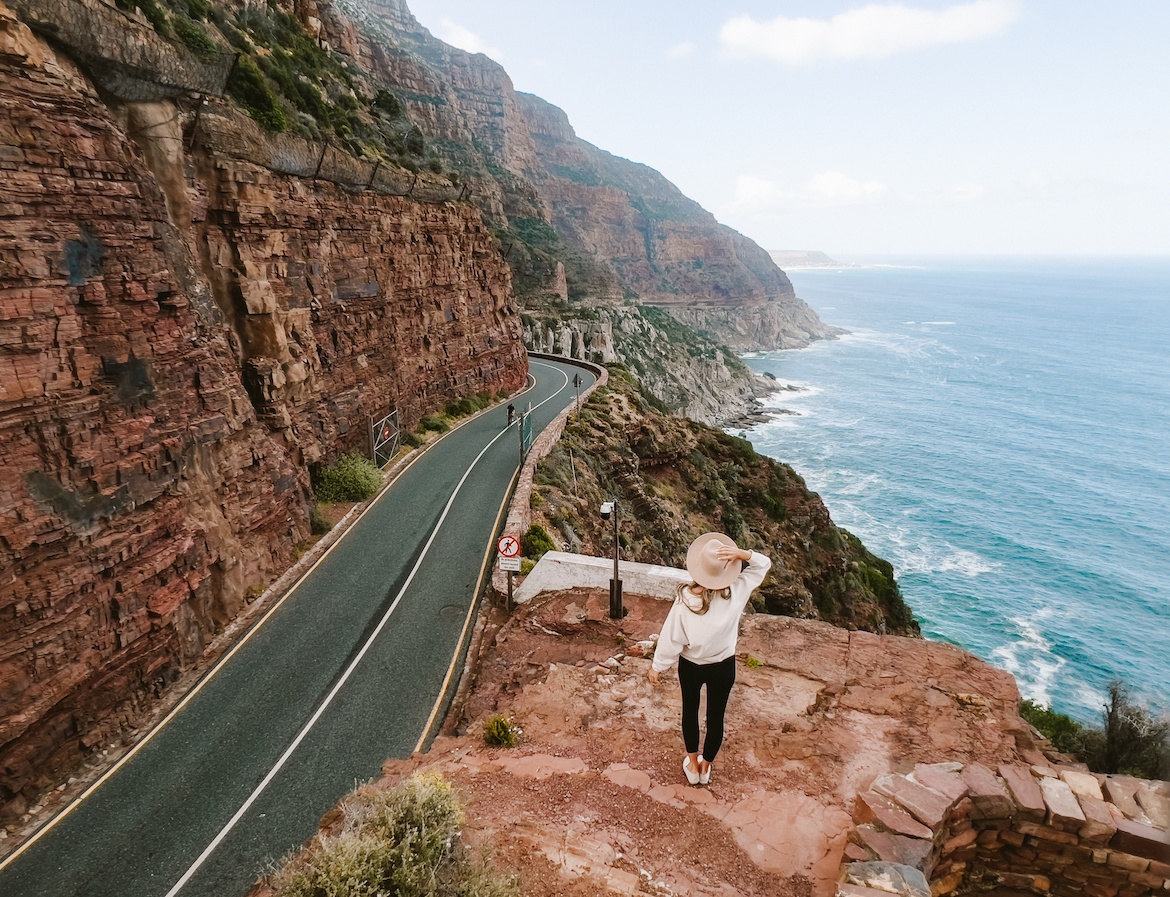
This drive demands attention as the roadway is shared with cyclists and has limited visibility around the curves. Fortunately, there are plenty of pull-offs and dedicated picnic areas which are safe places to enjoy the scenery.
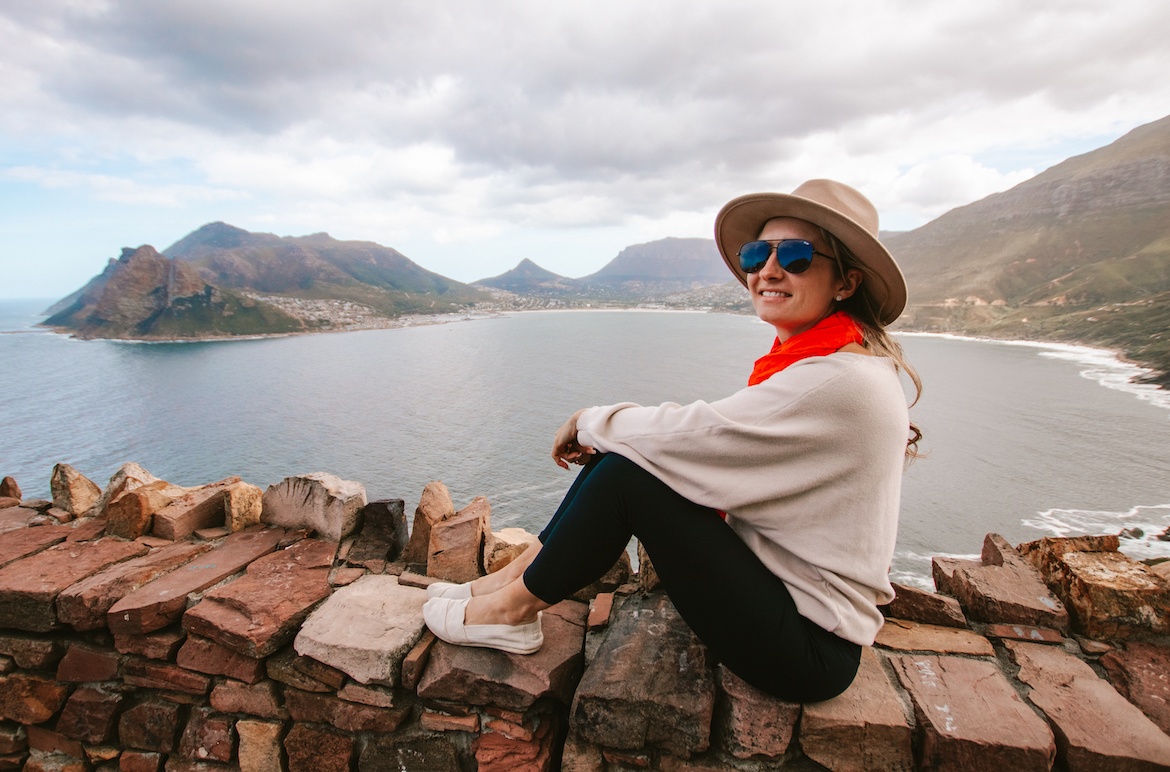
Muizenberg Beach
Best known for the colourful, photo-worthy bathhouses, this beachfront town nestled along False Bay is also one of the area’s top spots for surfing.
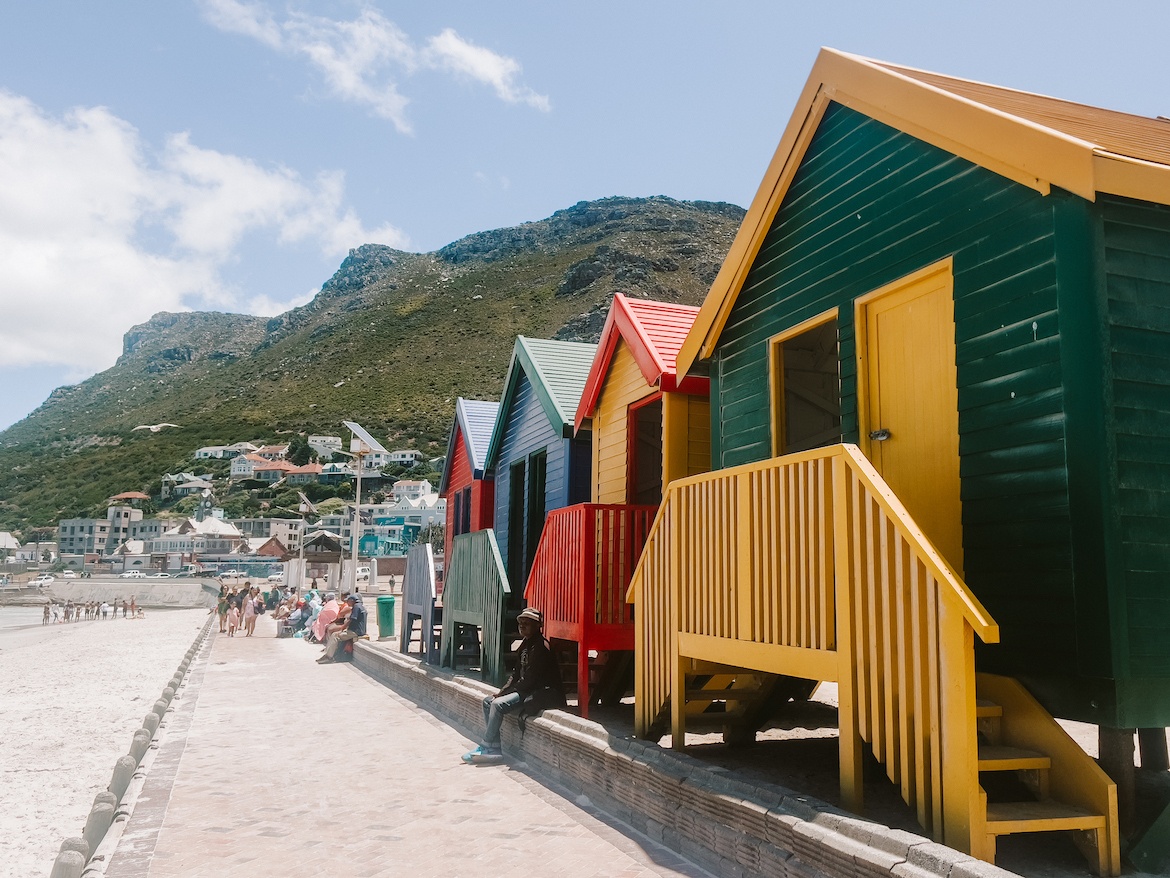
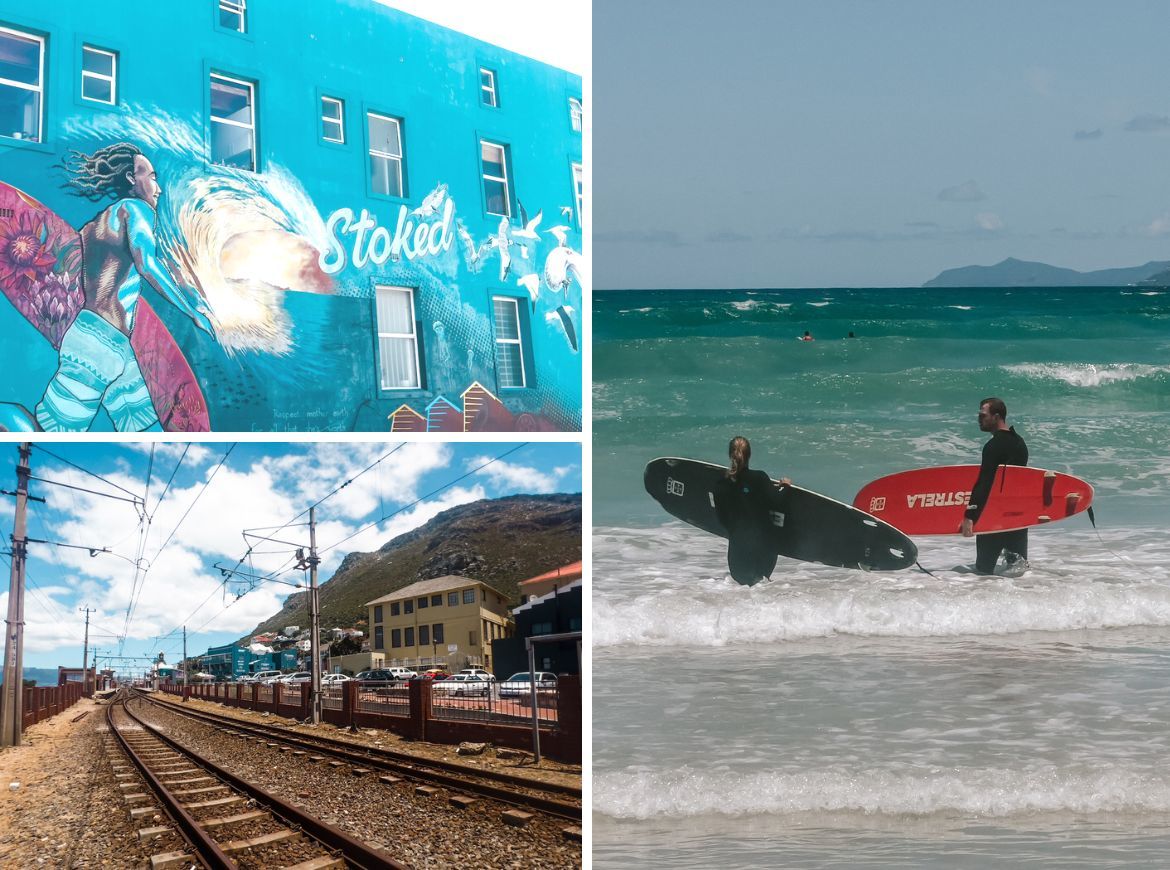
Restaurants, clothing stores and surf shops lead towards the shoreline, where a sweeping, white-sand beach awaits.
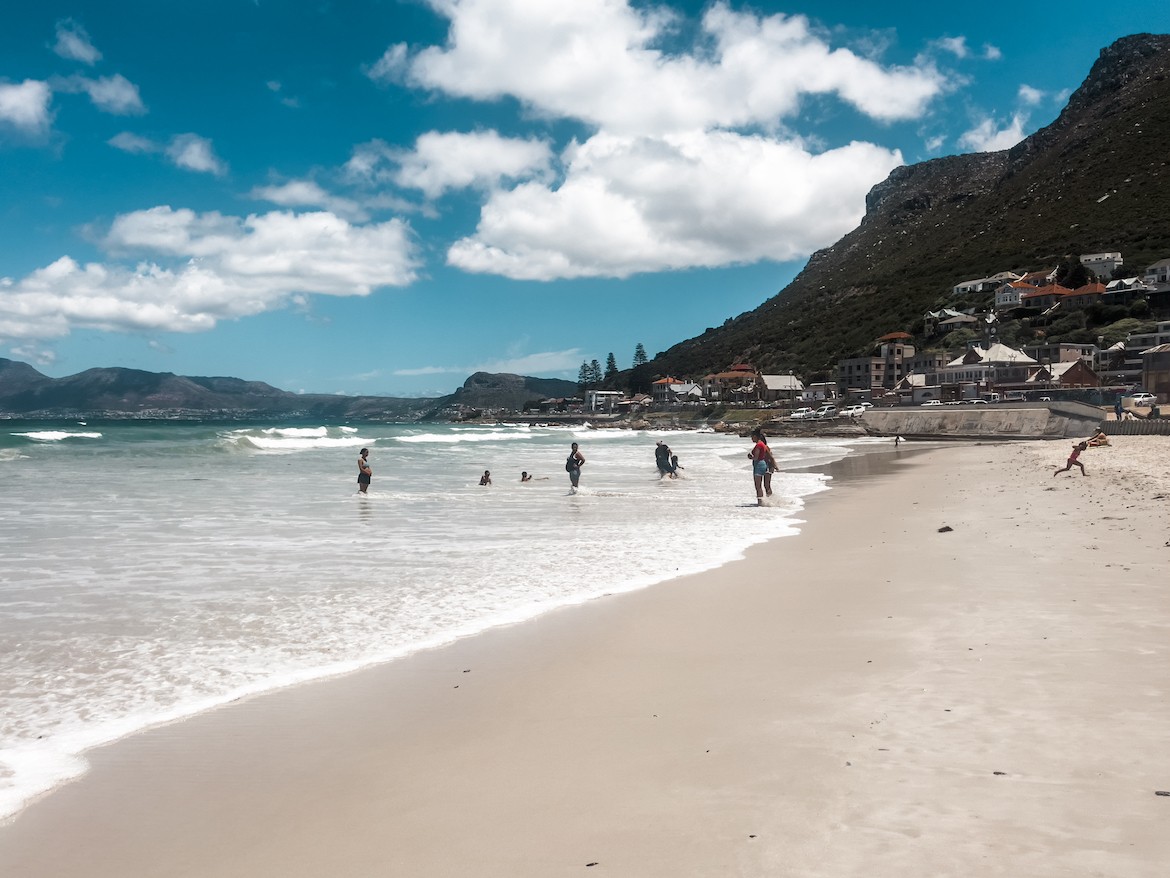
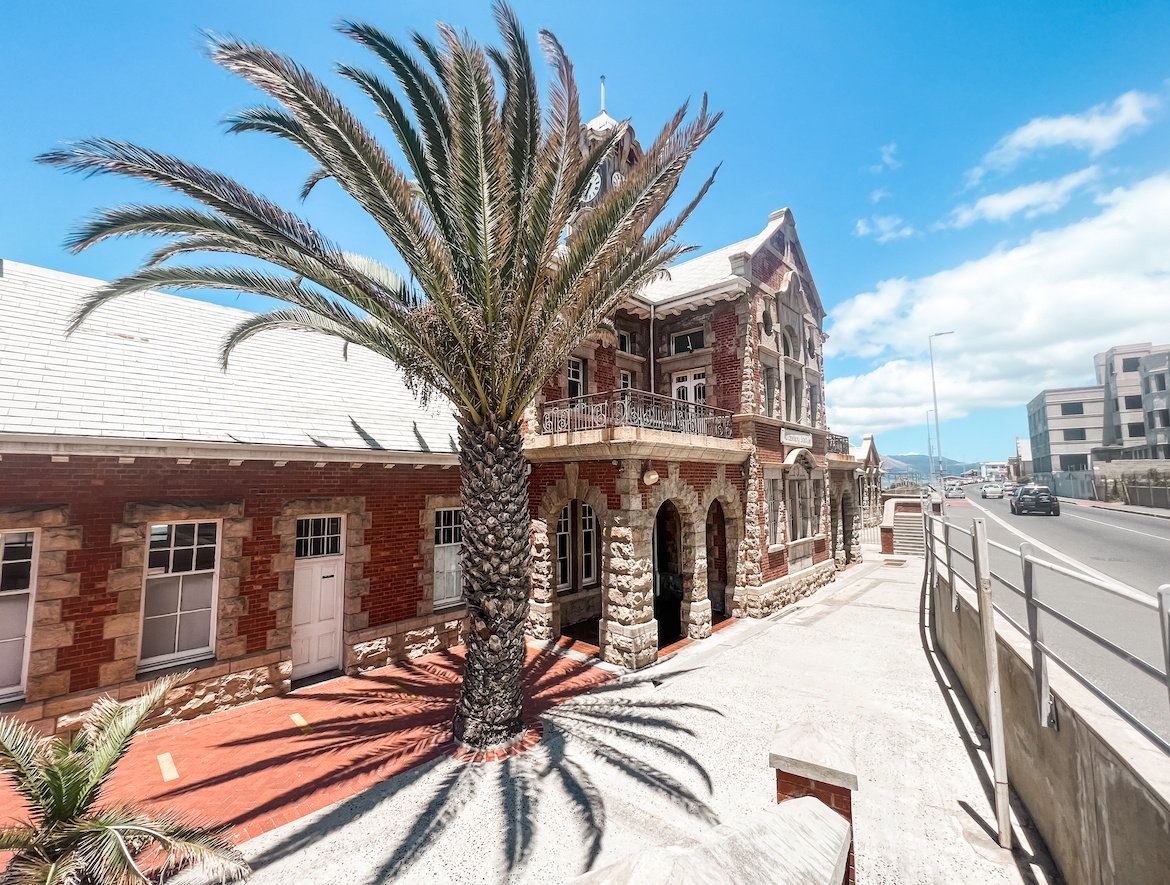
Those up for a bit of exercise can walk about 15 minutes further down the coastline, to St. James Beach where there’s an even longer row of rainbow-hued huts and a tidal pool.
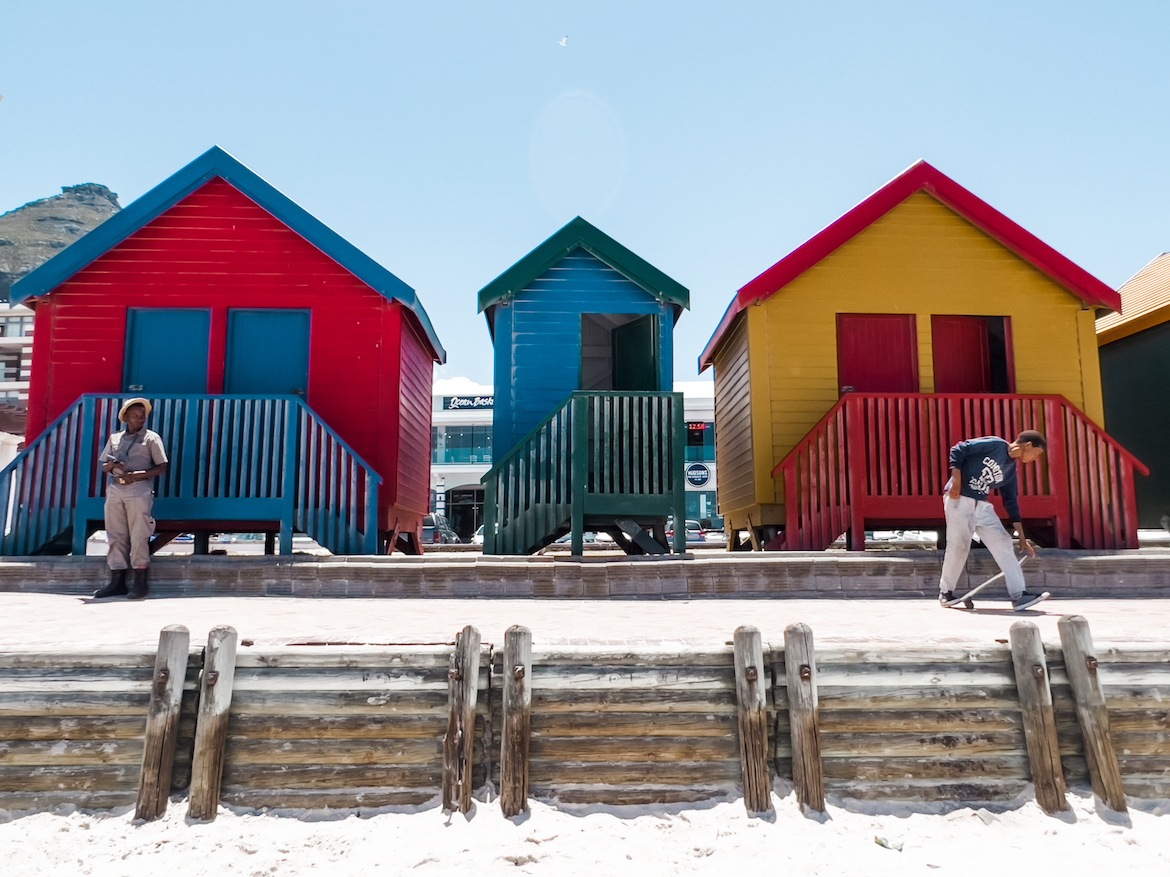
Kalk Bay
This lively fishing village just down the road from Muizenberg is one of the best spots in Cape Town for shopping, thanks to its eclectic mix of clothing boutiques, art galleries, antiques and vintage stores.

The main promenade is about a dozen blocks long, with great water views all along the way. A perfect afternoon here is spent browsing through the Kalk Bay shops, grabbing coffee from a popular spot like Olympia Bakery, and enjoying lunch with a view overlooking the harbour.
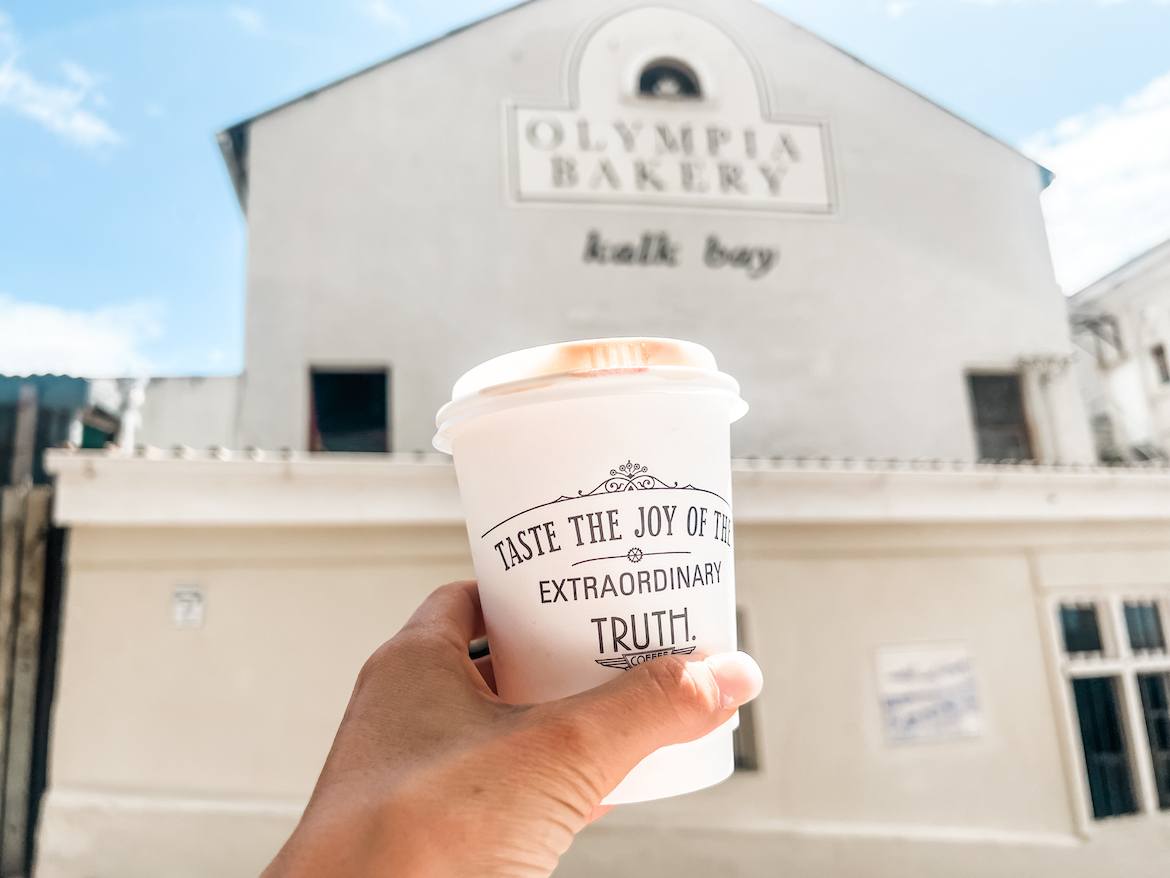
There are also a couple of tidal pools frequented by locals: go for a dip in the Woolley’s or Dalebrook tidal pools.
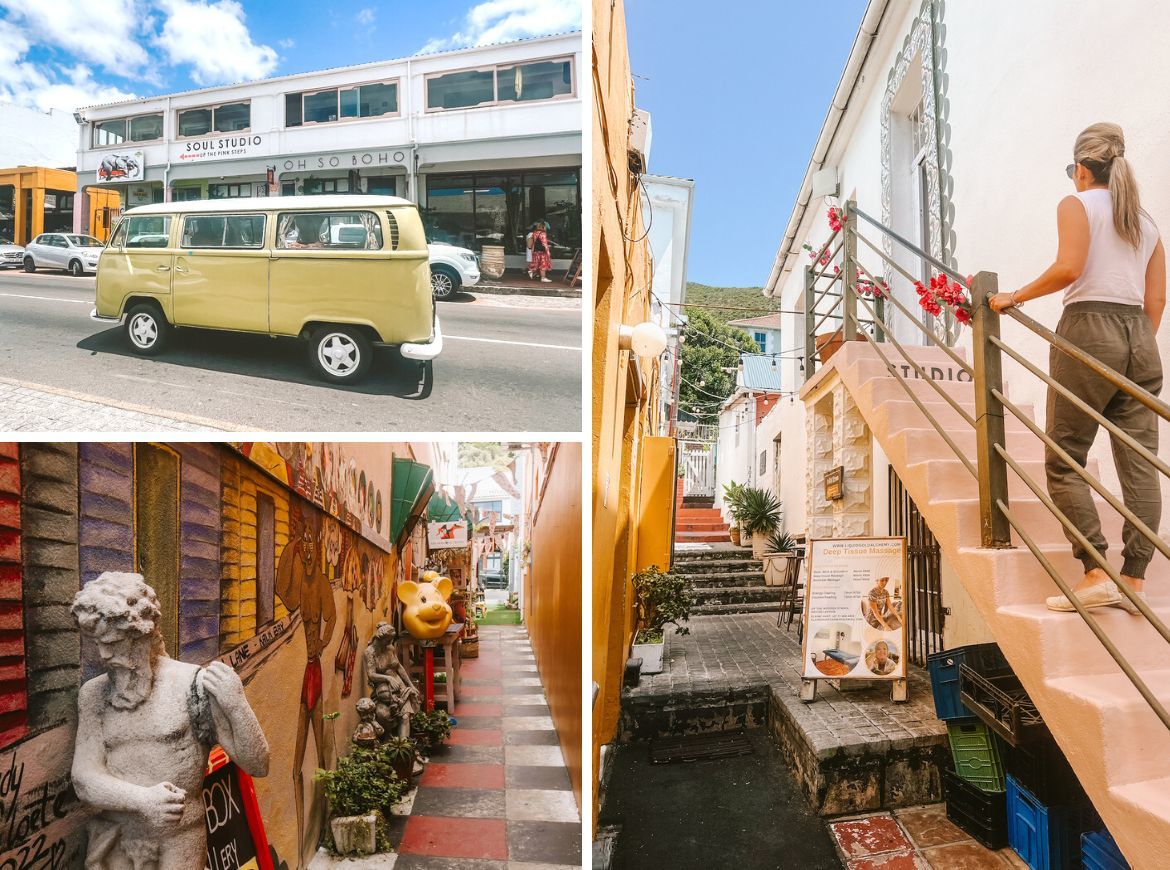
Boulders Beach
Did you know that there’s a large colony of penguins right by Cape Town?!
The Boulders Beach penguin colony is a group of African Penguins, who were once a critically endangered species. Thanks to a successful breeding program and conservation efforts, they now number about 2,200, and seeing these feathered friends up close in Table Mountain National Park is now one of the best things to do in Cape Town.
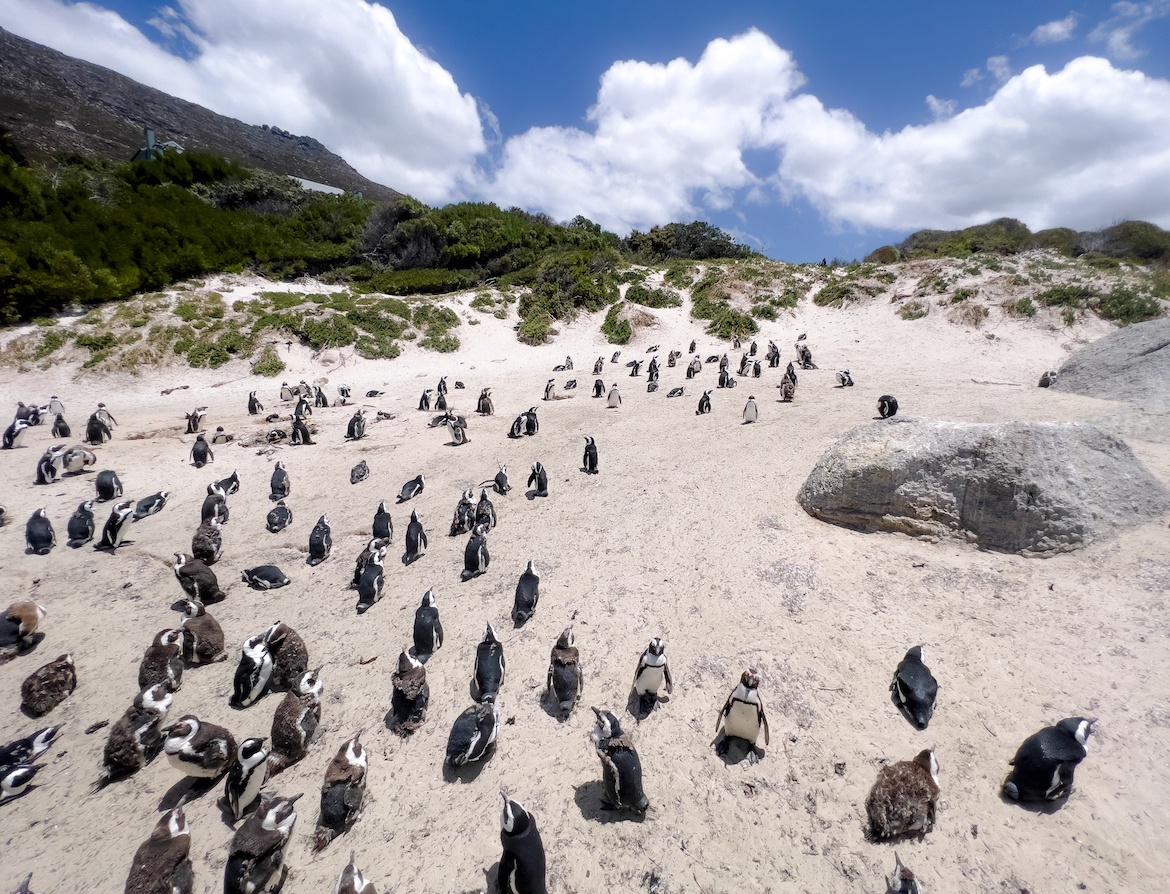
A visitor’s centre marks the start of the wooden boardwalk leading down to the sheltered cove that they call home, which is in a residential area between Simon’s Town and Cape Town.
It only takes about five minutes to walk to the main lookout point, where you’ll see the birds waddling around, nesting, seeking shelter from the heat under a granite boulder, or swimming back to shore after fishing for food.
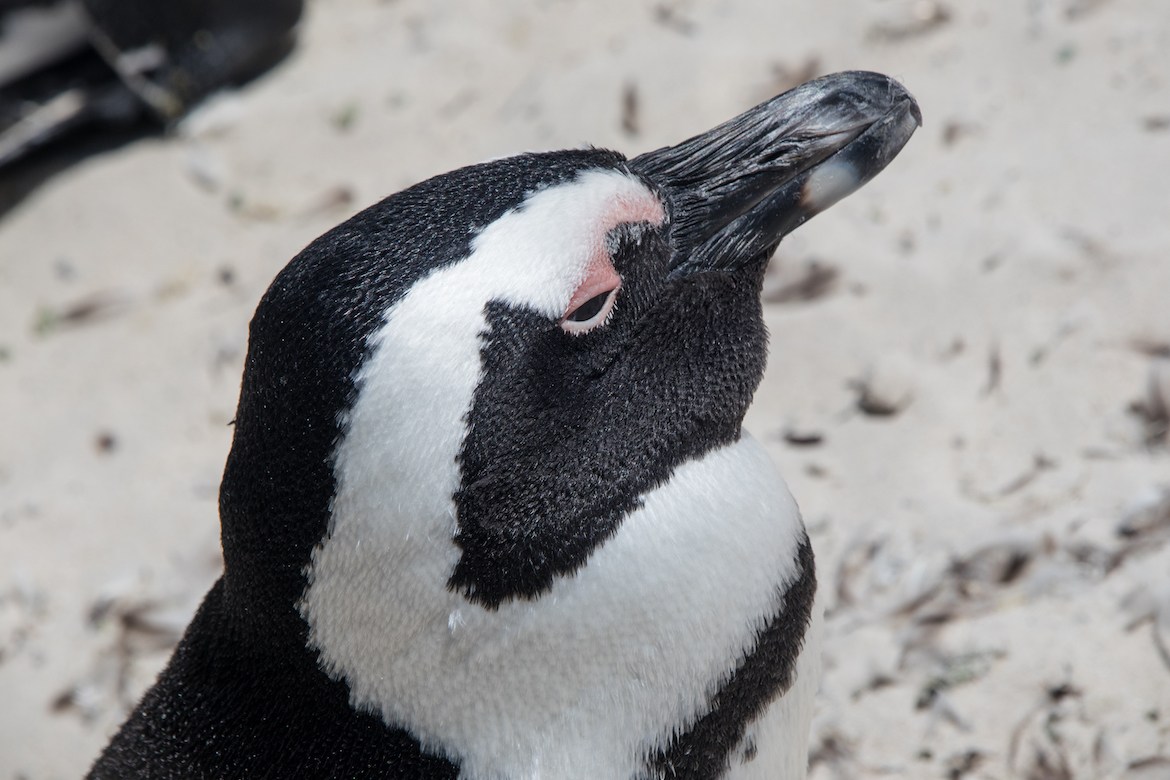
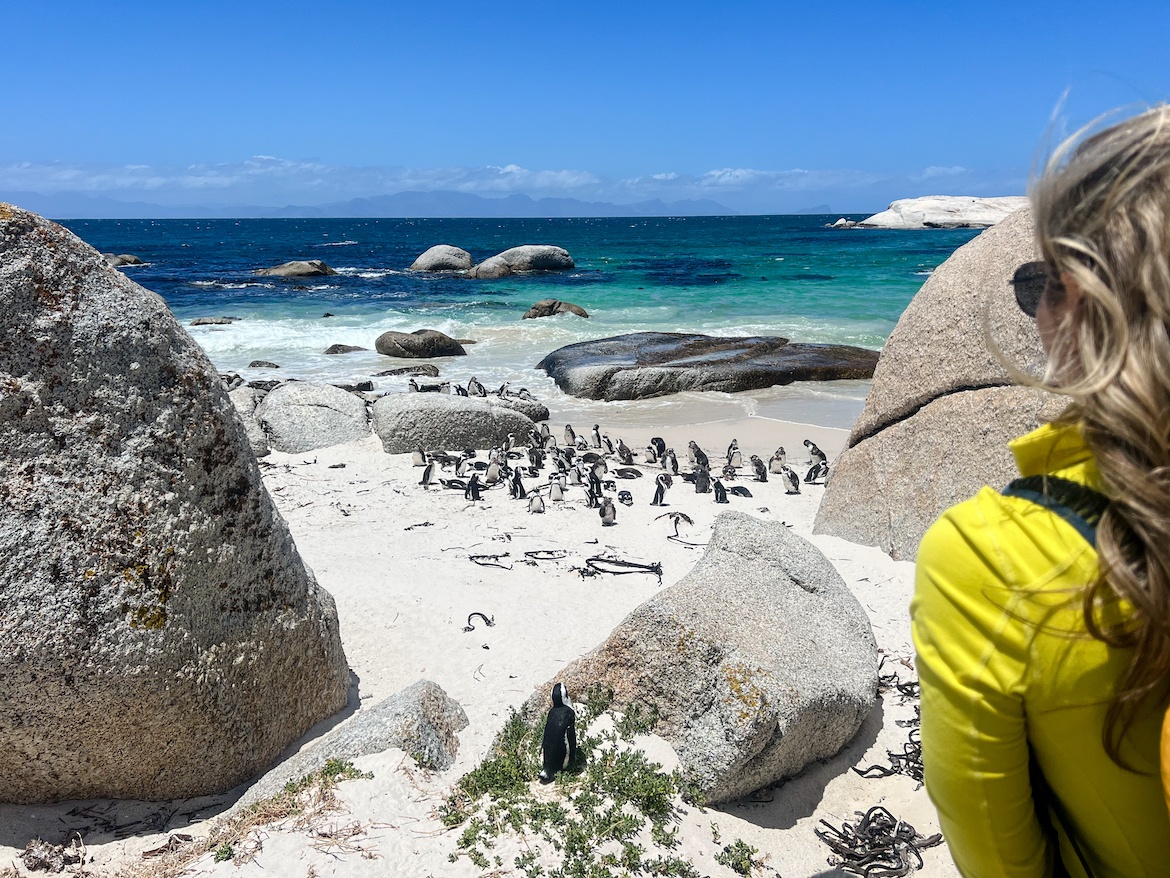
Those who go for a dip in Boulders Beach or Seaforth Beach will likely find themselves face-to-face with one of the penguins!
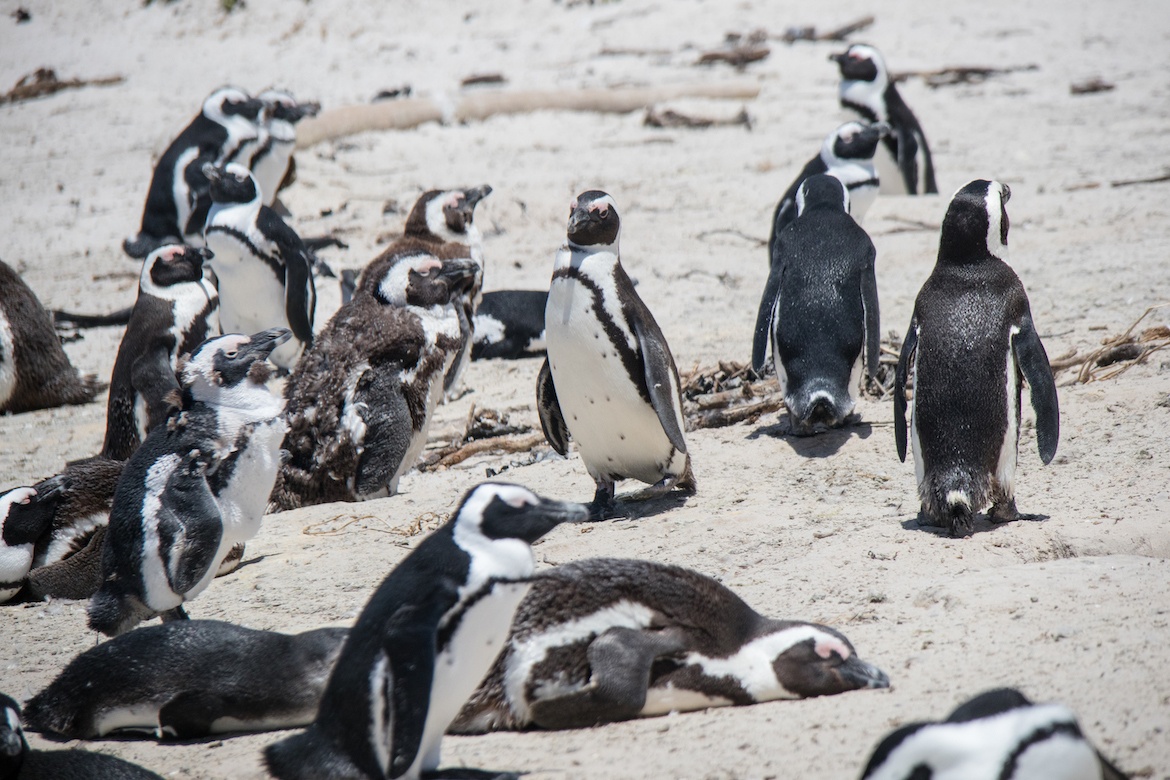
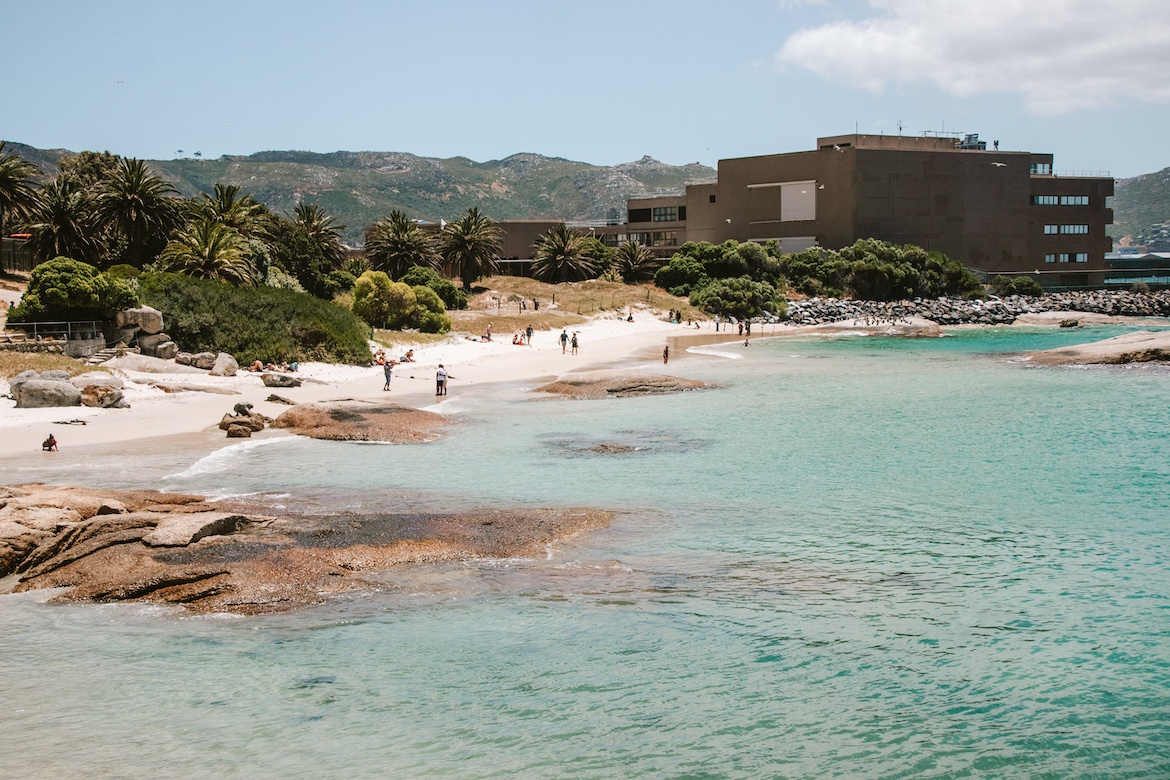
Cape Point
With jaw-dropping coastal views, an iconic lighthouse and mischievous baboons, Cape Point is undoubtedly one of the most memorable stops along the South Africa Cape Peninsula.
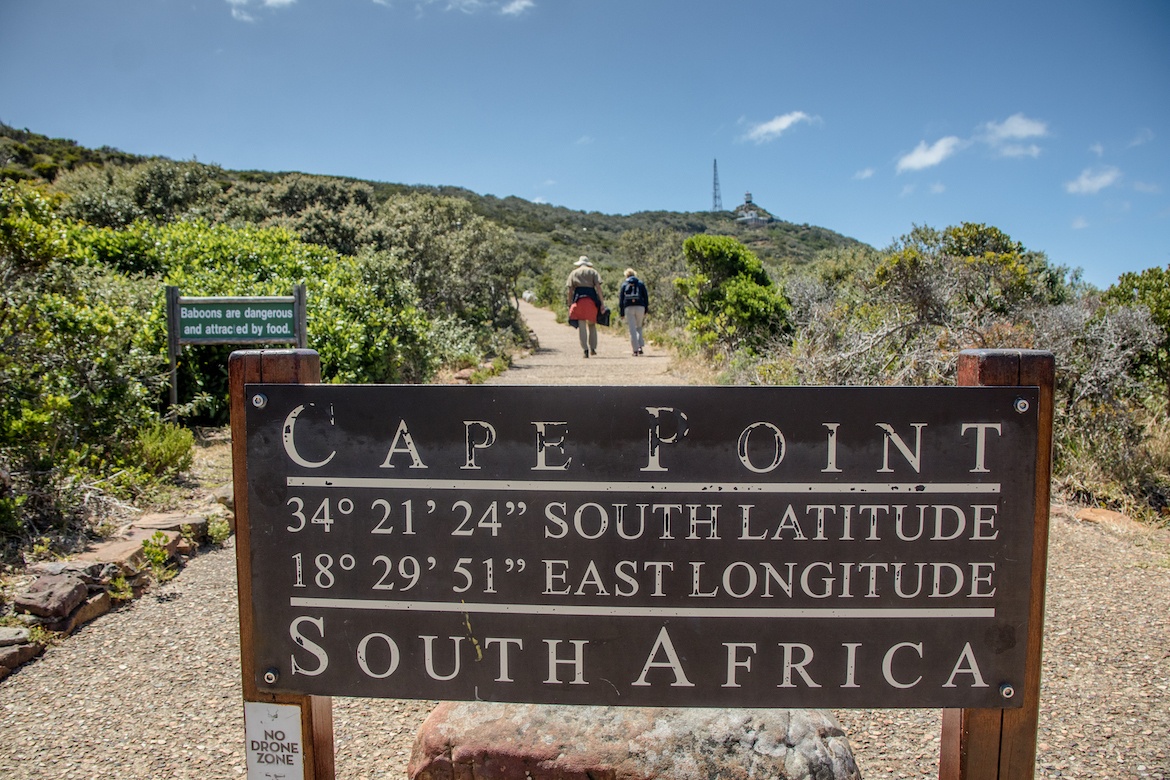
Scenic trails wind through the park, including up to the lighthouse which dates back to 1859. On the way up, there are several lookout points with breathtaking vantage points of rolling hillsides, azure water and waves pummeling the craggy coast.
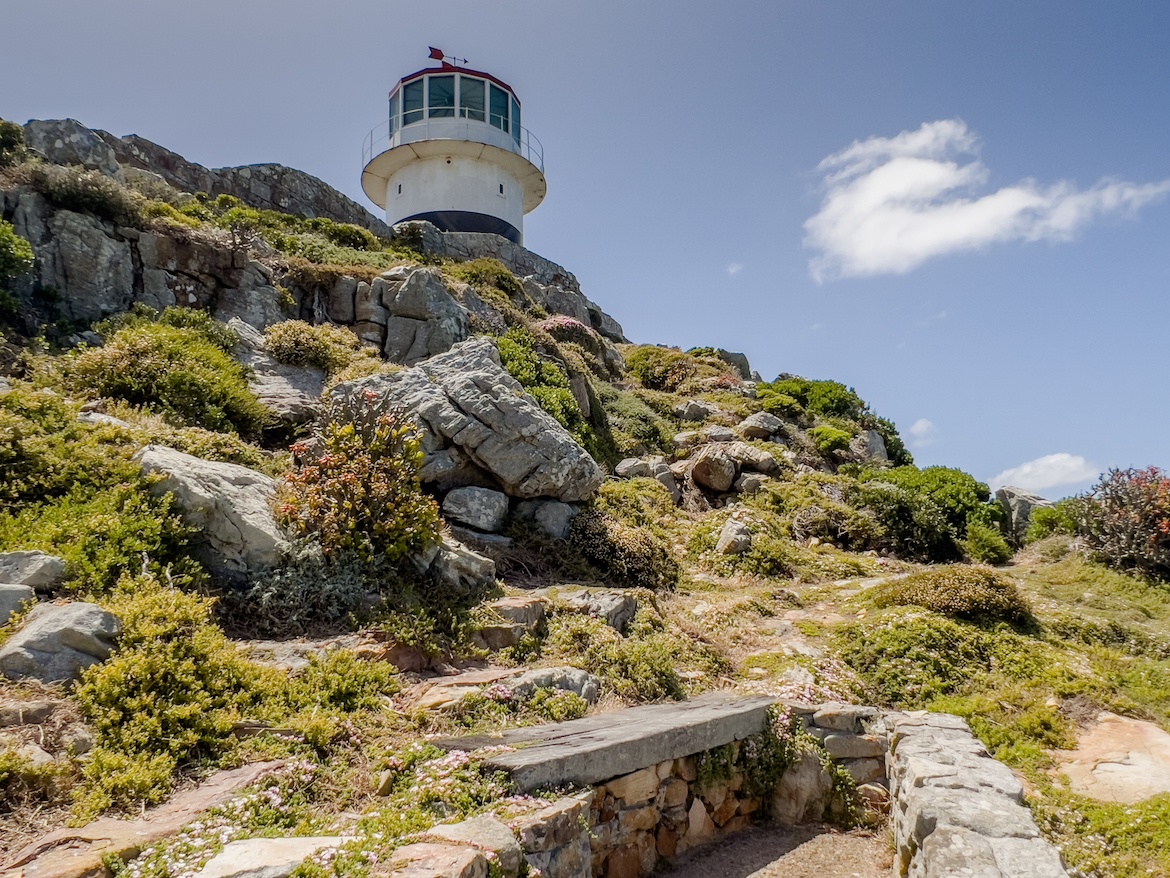
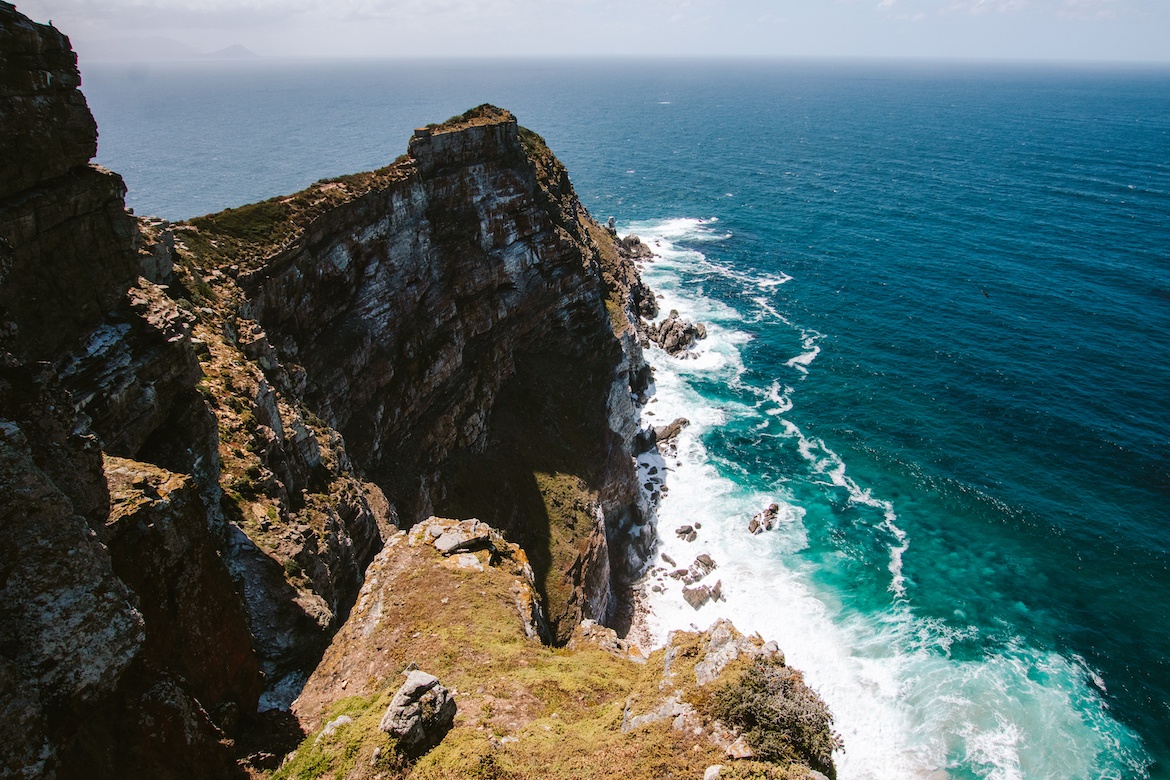
A fun option is to take the funicular up instead: the Flying Dutchman takes three minutes to shuttle passengers up the hill, and tickets can be purchased for a one-way or roundtrip ride.
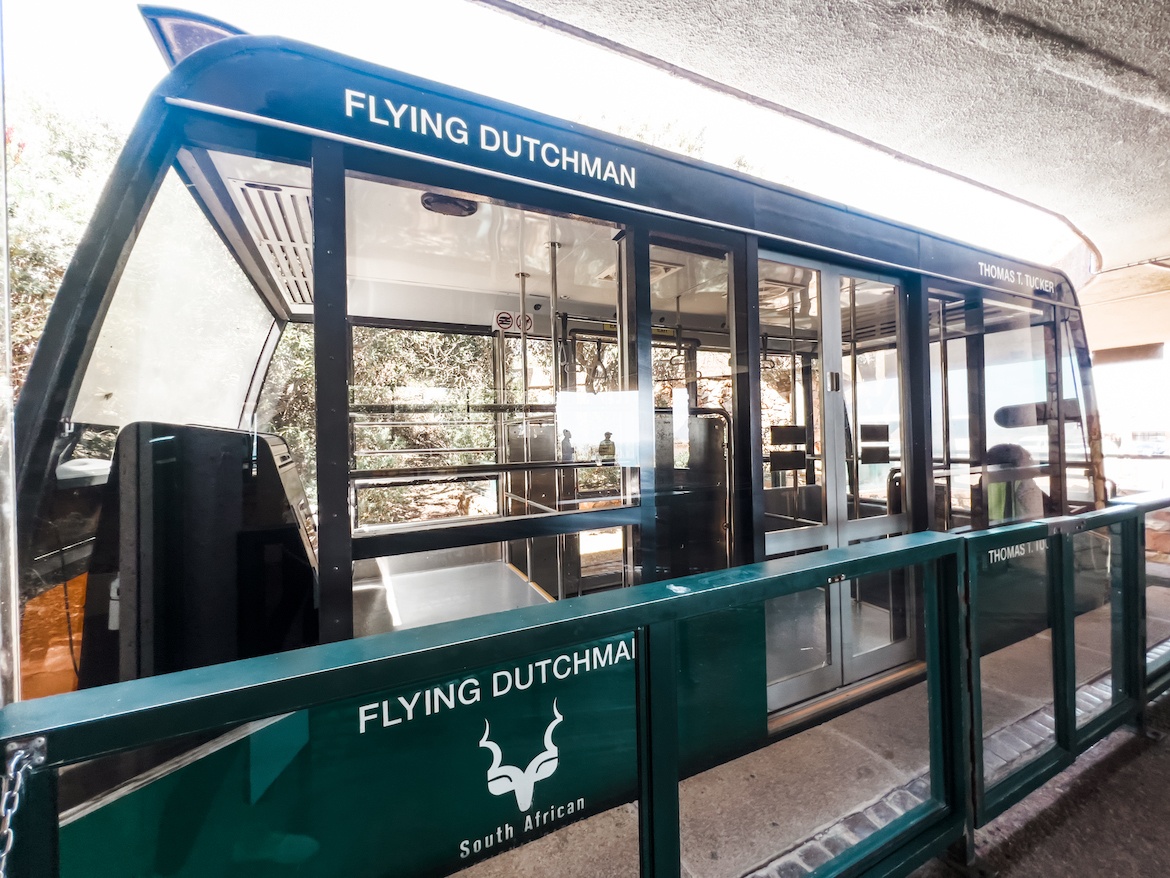
On the way back down, keep a close eye out for baboons. They may look cute, but will stop at nothing in their quest for food and can be quite dangerous.
Keep the doors closed if you’re stowing bags in your vehicle (yes, even if you’re standing right there), and for heaven’s sake don’t parade through the parking lot with snacks in hand.
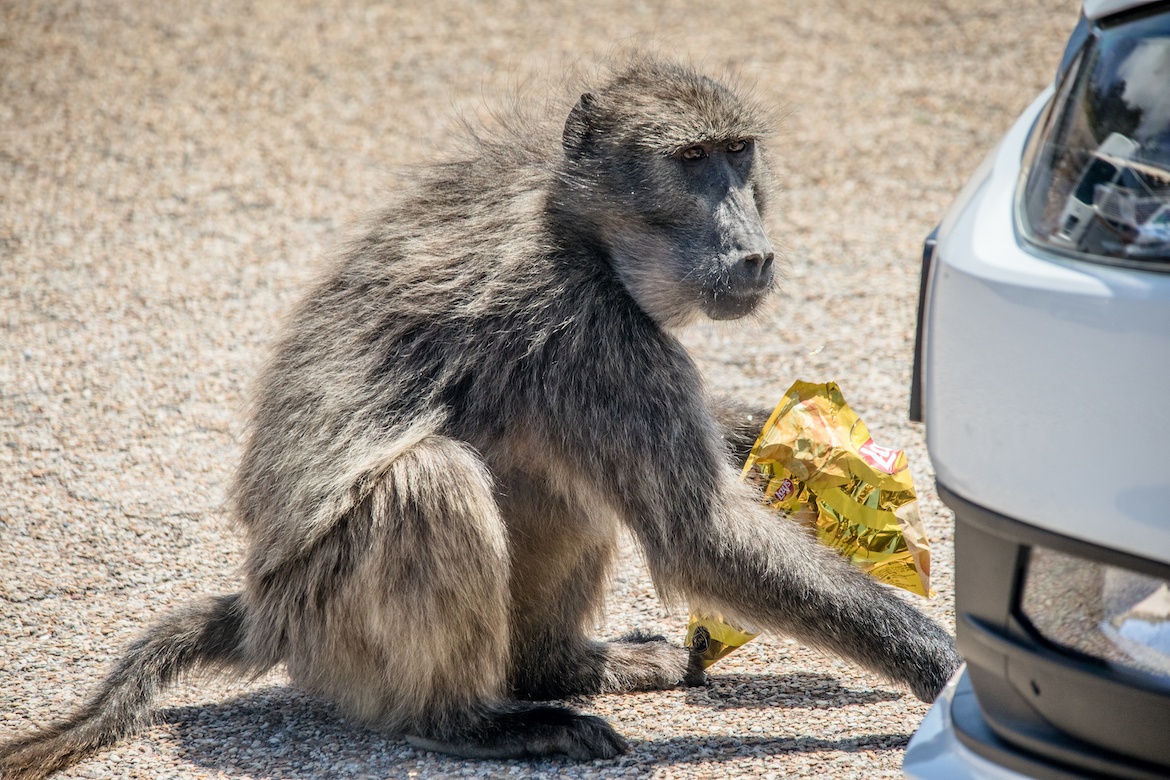
Globe Guide tip: Bring along a swimsuit if you’re doing a self-drive or private tour, and go for a dip in the Bordjiesrif or Buffels Bay tidal pools.
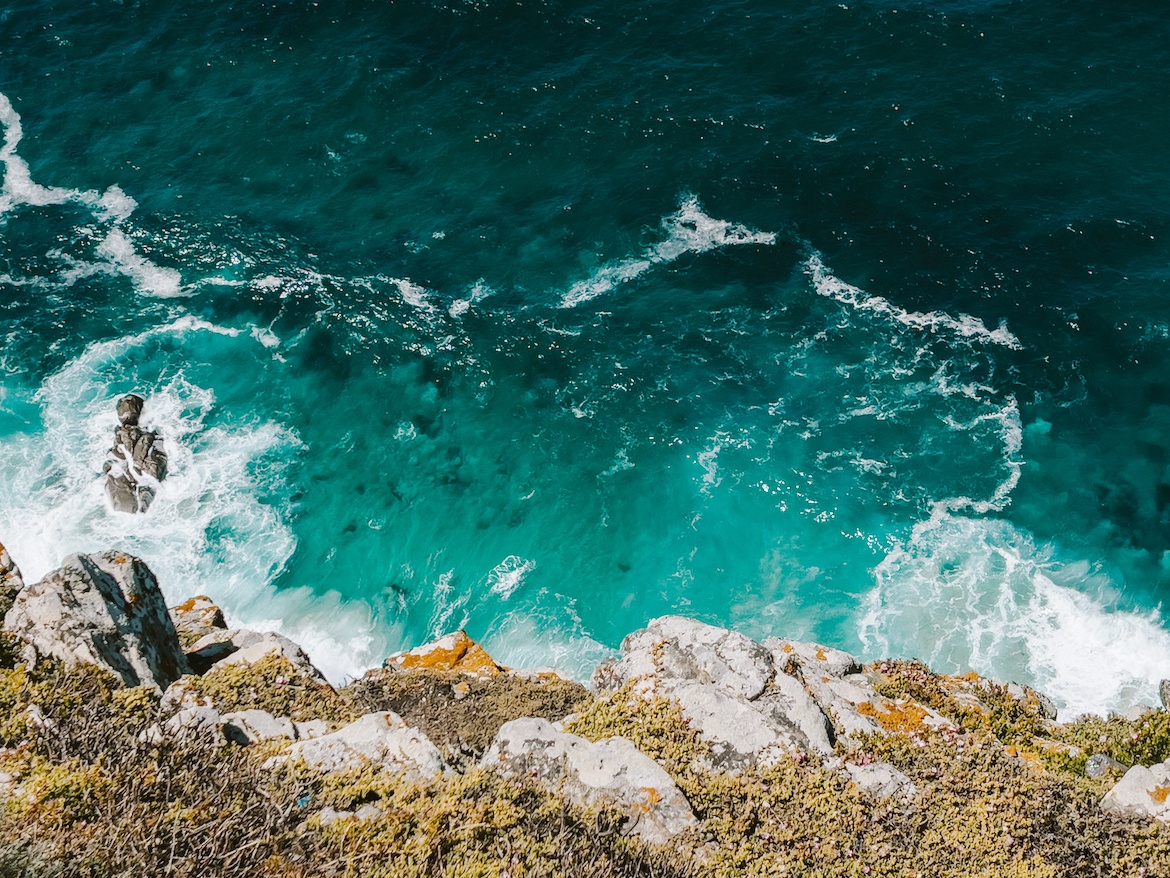
Cape of Good Hope
The final stop on this Cape Peninsula itinerary is the Cape of Good Hope, which has bragging rights as the most southwestern point of the African continent.
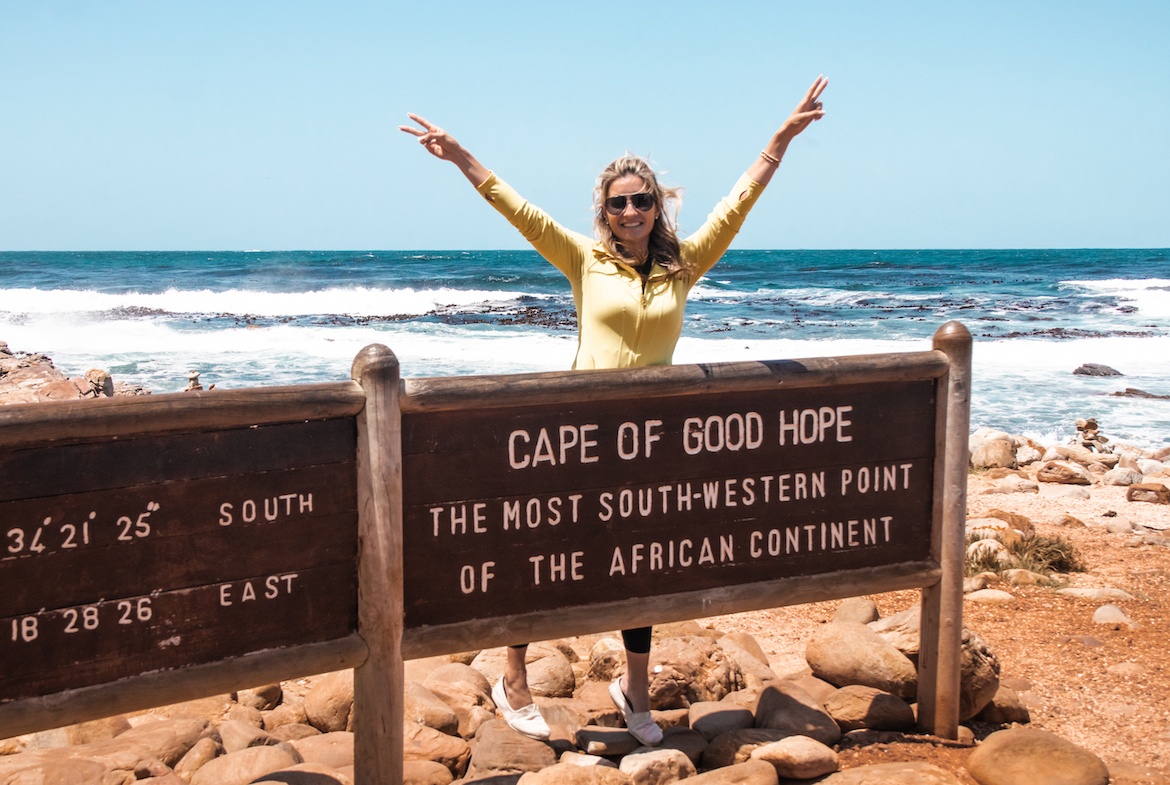
Huge, crashing waves mark this spot where two major ocean currents meet (the Benguela and Agulhas); while a common misconception is that this is the confluence of the Indian and Atlantic oceans, that’s actually over in Cape Agulhas National Park which is 300 kilometers east.
Ostriches, lizards, snakes and tortoises call this area home, and lucky visitors might even spot herds of zebra or antelope. The Cape of Good Hope is also part of the Cape Floristic Kingdom, as it holds 1,100 species of indigenous plants.
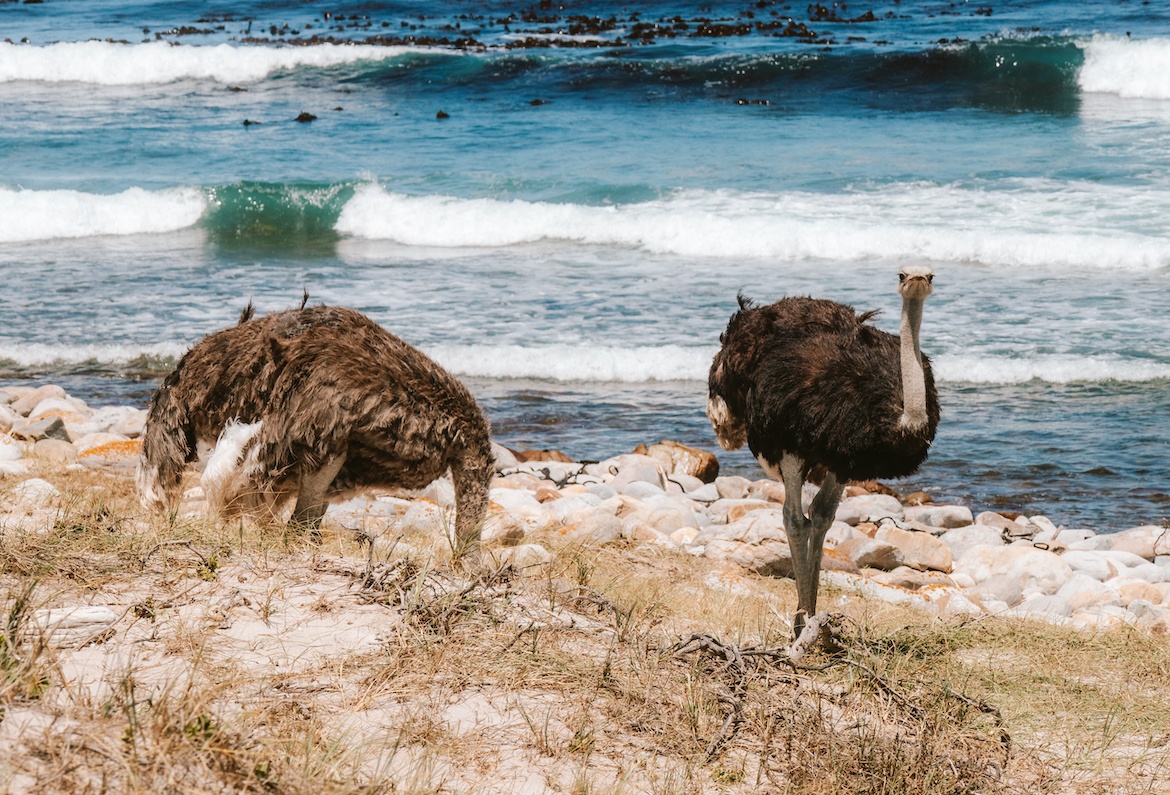
A short, steep path near the shoreline leads up a hill, where the effort is rewarded with panoramic views. This is also a prime spot for whale watching, with the southern right whale usually seen in False Bay between June and November.
Dolphins, seals and humpback whales are also spotted in these waters.
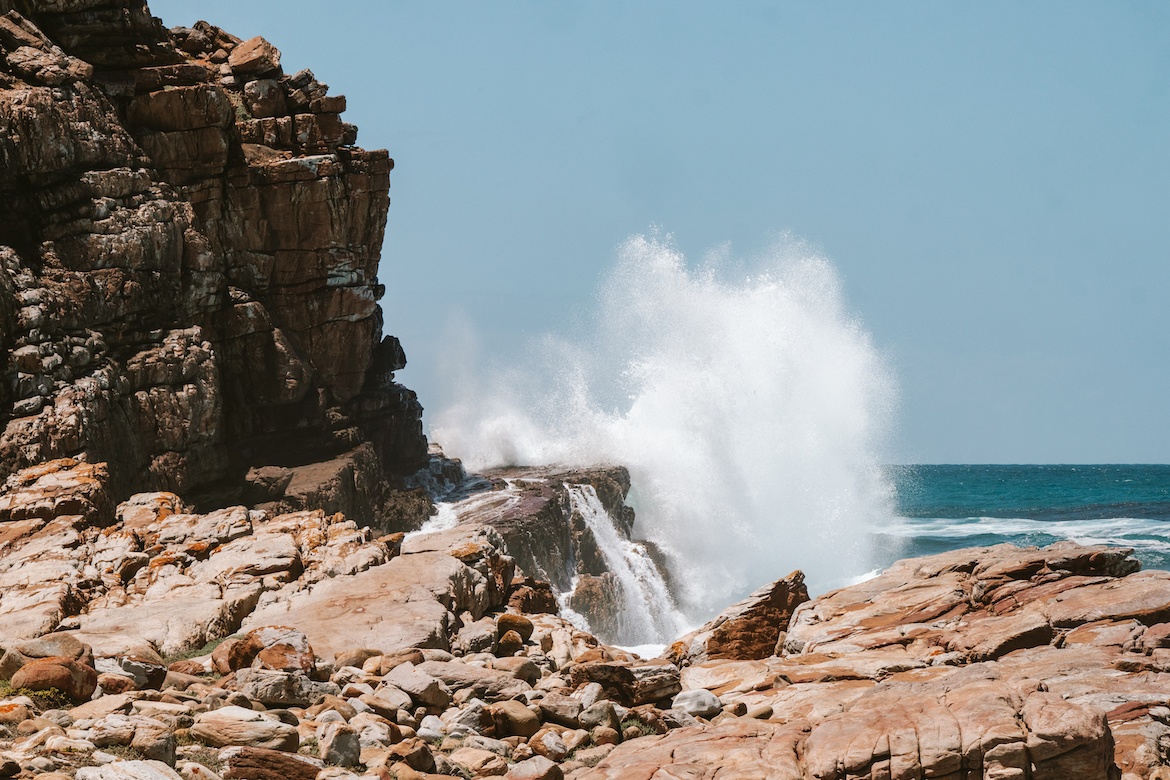
Book a Cape Peninsula tour
Driving the Cape Peninsula is one of the most popular day trips from Cape Town, and can easily be done as a self-drive tour (sites are well marked) or by joining an organized excursion.
The benefit of a private tour is that it allows more time at each stop, while the group trips are typically best for budget-conscious or solo travellers.
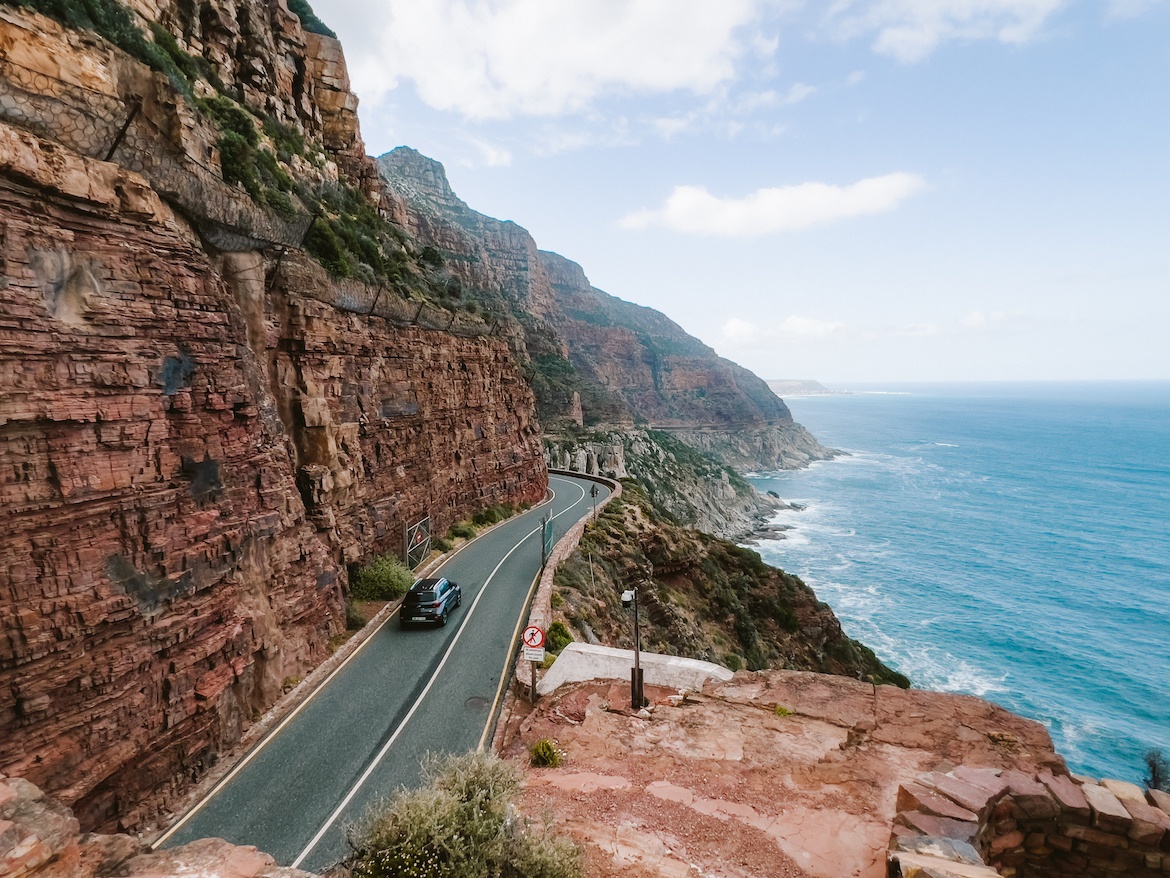
This tour I booked combines Chapman’s Peak, Boulders Beach, Cape Point and the Cape of Good Hope with a few stops in Cape Town like Table Mountain and Bo Kaap. I’d only recommend this if you’re very tight on time, since it doesn’t allow enough time at each location.
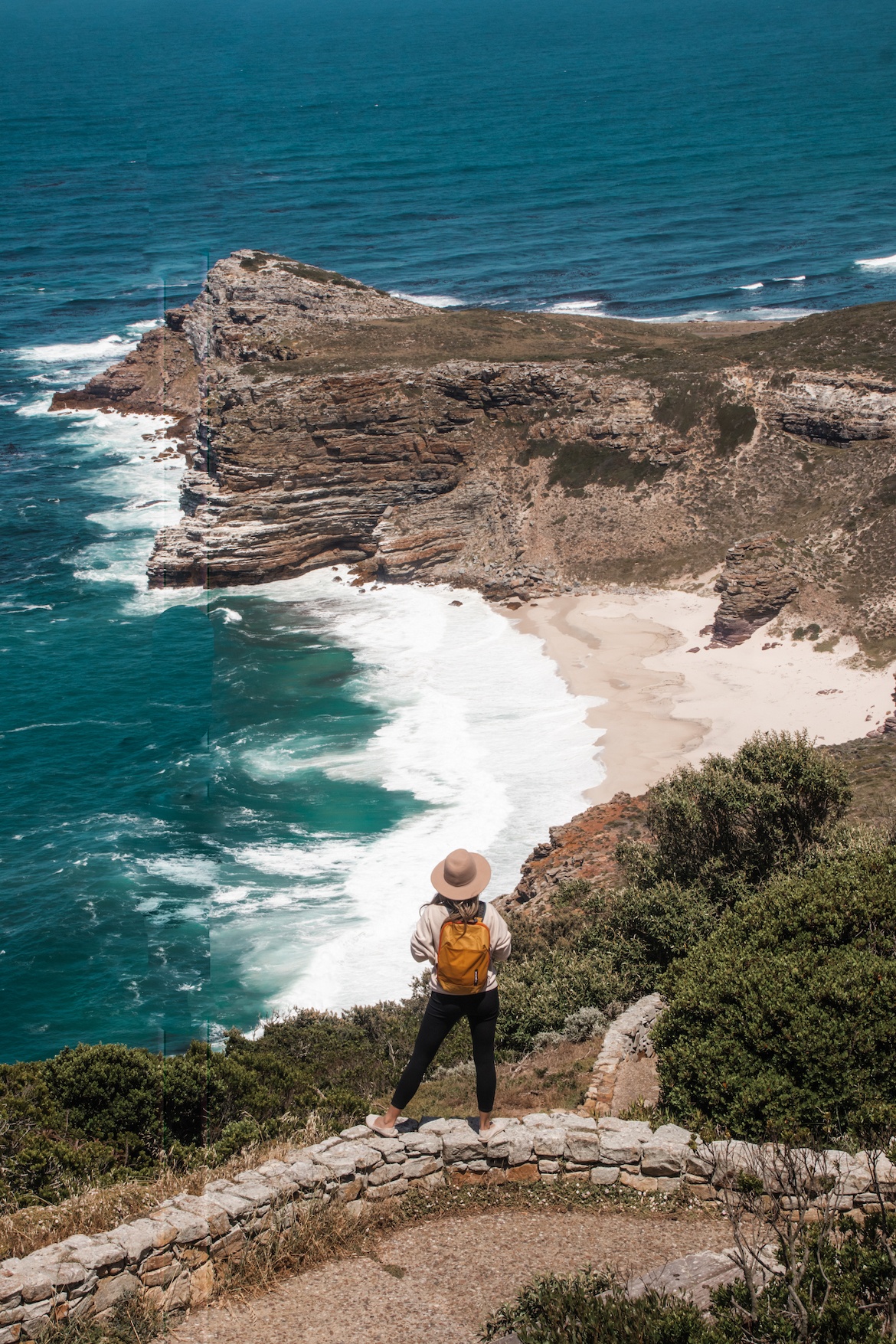
Instead, visit all of the places listed in this Cape Peninsula guide during one day, and do the Cape Town highlights separately. Here are some top-ranked options:
Book with Viator:
Book with GetYourGuide:
YOU MIGHT ALSO ENJOY:
- The spectacular Lion’s Head hike in Cape Town, South Africa
- Highlights of the stunningly-scenic South Africa Panorama Route
- Safari Style: What to wear on a safari (without looking like a total nerd)
SHARE THE PINSPIRATION! CLICK THE IMAGES BELOW TO PIN:
This post may contain affiliate links, which Globe Guide receives compensation for at no additional cost to you.

